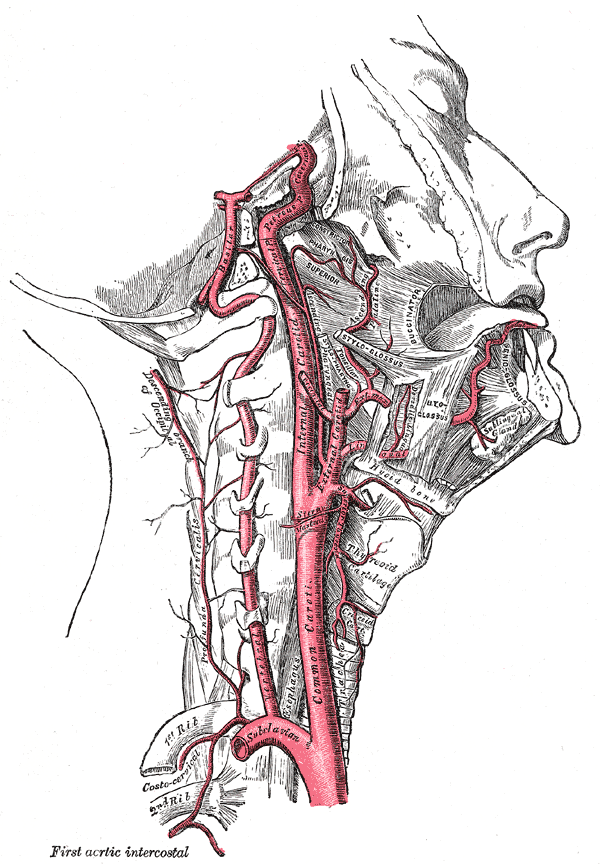Case Scenario:
A twenty years old man had an automobile accident and was struck by the steering wheel on the lower part of his abdomen. He felt sharp pain and nearly fainted [1].
He was taken to the hospital. Initial examination revealed normal vital signs [2] and no bony injury. Emergency treatment was given and he was kept under observation. He persistently complained of pain in lower abdomen, which increased on bending [3]. A swelling in the lower part of abdomen was noticed by the clinician which gradually increased in size [3]. The skin was discoloured and the swelling [4]was extremely tender to touch [3].Ultrasound examination was immediately performed and diagnosis of haematoma was made. Patient was shifted to operation theater for exploration. The rupture of inferior epigastric artery was found to be the cause [5].
Explanation:
Course of Inferior Epigastric Artery:
It is a branch of external iliac artery which arises from common iliac artery, a branch of abdominal aorta. Rises from the inguinal ligament and enters the posterior rectus sheath inferiorly, then lies between the rectus abdominous and the posterior rectus sheath. Ends by anastomosing with superior epigastric artery at the level of umbilicus.
[1] Cause of fainting:
After trauma to abdomen, a person might faint because of hypovolemic shock.
[2] Vital Signs:
Measures of physiological statistics to access body functions. The most commonly performed are:
- Body temperature
- Pulse rate
- Blood pressure
- Respiratory rate
[3] Occurance and diagnosis:
1) Haematoma occurs mostly on right side below the level of umbilicus because most of the people are right handed so the strain on right side is common. Also tendinous intersections are absent.
2) Extremely tender mass confined to one rectus sheath is diagnostic of hematoma in rectus sheath.
3)Skin is discoloured because of poor circulation.
[4]Examination:
On examination a palpable, firm, non-pulsatile abdominal mass is found which does not move with respiration. It normally protrudes posteriorly and appear spherical, and can cross midline to become bilobar.
Fothergill sign:
The patient is asked to lift the legs in supine position which contracts the rectus abdominous muscle. This serves to differentiate haematoma which becomes fixed and more painful as well as tender.
Effect of Race:
It is less in African American race.
Effect of Age:
It peaks during the fifth decade of life because of decreased abdominal muscle mass as well as the arteriosclerosis and hypertension.
Effect of Sex:
2-3 times more common in females due to decreased muscle mass and also during pregnancy.
[5]Treatment:
Treatment depends on the extent of injury and haematoma formation.
1. Conservative treatment:
In case of non increasing haematoma, rest, analgesics, haematoma compression and transfusion is applied.
2. Anticoagulation reversal
If the conservative treatment is inapplicable, anticoagulation with transfusion is applied.
3. Embolization
Angiography with embolization of bleeding vessel with thrombin is another choice.
4. Ligation of the bleeding vessel
Follow Up:
The patient is asked to avoid strenuous work, especially lifting heavy objects for some time. The abdominal pain ceases gradually.
 howMed Know Yourself
howMed Know Yourself



hello plaes am need to send for me commmon casess and rarlje caes and aopertive thaqnices and tretment and pevntions